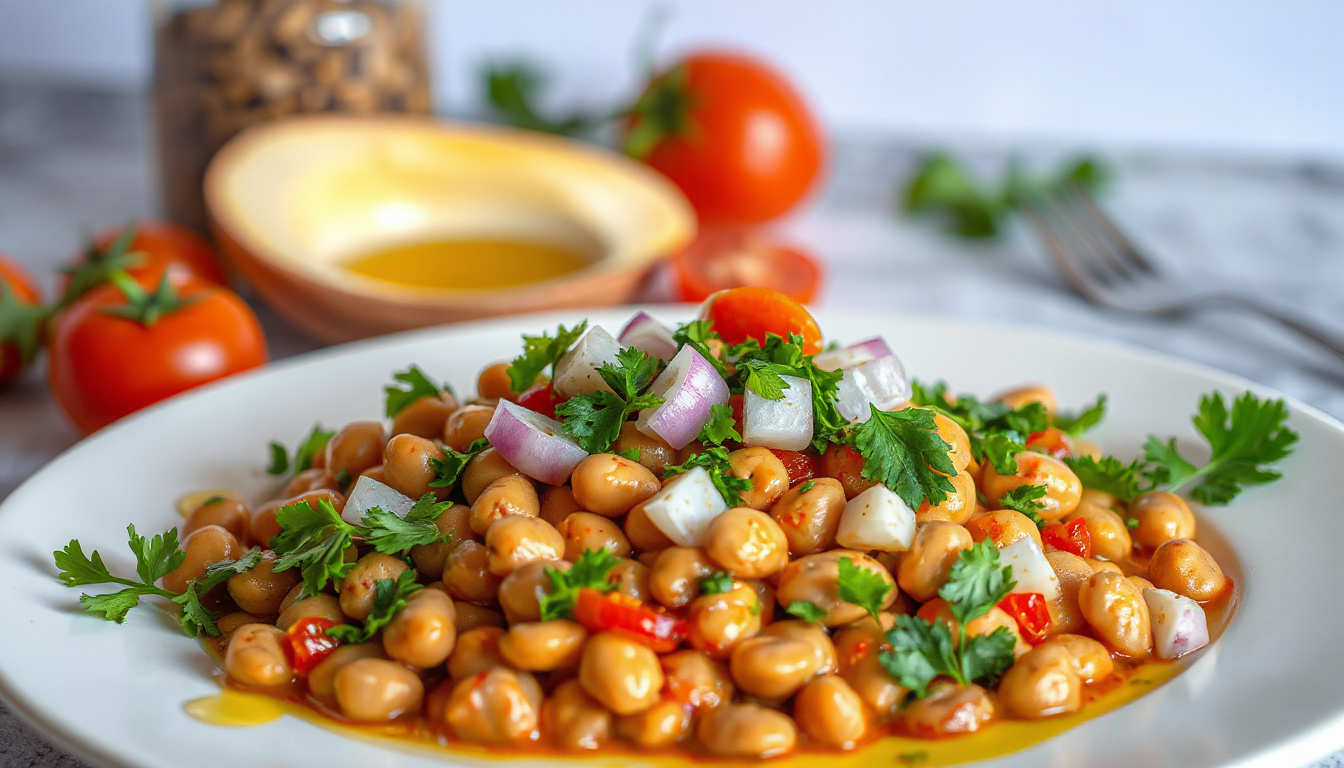Ful medames is more than just a dish; it is an emblem of Egyptian culture and cuisine that has nourished generations.
This simple yet fulfilling dish, made primarily from fava beans, provides a hearty source of nutrition while offering endless possibilities for delicious customization.
Whether you’re a culinary explorer, a health-conscious eater, or simply someone who appreciates flavors from around the world, dive into the rich history and scrumptious nature of ful medames.
In this article, we will unravel what ful medames is, its numerous health benefits, traditional preparation methods, regional variations, and tips on how to serve and enjoy this nutritious Egyptian classic.

 Egypt, known for its rich flavor, nutritional value, and simplicity.
Egypt, known for its rich flavor, nutritional value, and simplicity.
Traditionally, this dish consists of fava beans simmered to perfection and often served with olive oil, lemon, garlic, and an array of toppings.
Here are some of the traditional methods for preparing Ful Medames, celebrating its cultural significance while providing a delicious meal option:
###
1.
Soaking the Beans
Before cooking Ful Medames, it is essential to soak the fava beans overnight.
This not only helps to soften the beans but also reduces cooking time.
###
2.
Slow Cooking
Once soaked, the beans are drained and placed in a pot with fresh water.
Traditional preparation methods involve slow cooking the beans over low heat for several hours until they become tender.
This method enhances the flavors and allows the beans to absorb seasonings thoroughly.
###
3.
Adding Aromatics
During the cooking process, many opt to add aromatics like garlic and onion.
This step infuses the Ful Medames with a depth of flavor.
For an extra kick, some home cooks will include spices such as cumin or chili powder, elevating the dish further.
###
4.
Serving with Accompaniments
Ful Medames is commonly served warm and topped with ingredients such as chopped parsley, diced tomatoes, and a drizzle of high-quality olive oil.
Some variations also incorporate hard-boiled eggs or pickles, creating a delightful balance of flavors.
###
5.
Traditional Breakfast Dish
In Egypt, Ful Medames holds a special place as a traditional breakfast dish.
It’s often enjoyed with pita bread and a side of fresh vegetables, making it a hearty start to the day.
### Conclusion
These traditional methods of preparing Ful Medames showcase the artistry involved in this classic dish.
By soaking and slow-cooking the fava beans, and skillfully adding flavors, chefs create a comforting meal emblematic of Middle Eastern cuisine.
Whether enjoyed at home or in a local eatery, Ful Medames remains a staple that continues to delight palates worldwide.
Variations of Ful Medames Across Egypt
## Variations of Ful Medames Across Egypt
Ful medames, a beloved dish at the heart of Egyptian cuisine, is more than just a simple meal; it’s a culinary tradition that exhibits a range of delightful variations.
This hearty dish, primarily consisting of fava beans, is often enjoyed for breakfast but can be served at any time of the day.
Each region in Egypt adds its unique twist, showcasing local flavors and ingredients, which in turn enrich the experience of enjoying this staple food.
### Regional Variations
Cairo Style: In the bustling capital, Ful medames is typically prepared with a generous dash of olive oil, topped with chopped onions, and served with fresh lemon juice.
Many vendors also toss in some cumin for an added kick.
This version is often accompanied by fresh pita bread, perfectly suited for scooping.
Alexandria’s Twist: The Alexandria variant introduces the flavors of the sea.
Here, Ful medames is commonly accompanied by pickled vegetables and fresh seafood, which complements the earthiness of the fava beans.
This version emphasizes the port city’s rich culinary heritage, combining traditional Egyptian dishes with Mediterranean influence.
Upper Egyptian Style: In the southern regions, particularly in cities like Luxor and Aswan, Ful medames can be found with a spicy twist.
Locals often incorporate green chili peppers into the mix, providing a fiery contrast to the dish’s natural creaminess.
This adaptation reflects the preferences for bolder flavors found in Upper Egypt.
### Common Ingredients and Preparations
Despite these variations, certain ingredients remain constants throughout Egypt.
These include:
Fava Beans: The star of the dish, cooked to perfection to achieve a creamy consistency.
Olive Oil and Lemons: Essential for drizzling and enhancing flavor.
Spices: Cumin, chili, and even garlic find their way into various recipes, depending on personal and regional preferences.
Accompaniments: From eggs and vegetables to herbs like parsley and coriander, these additions often elevate the ful medames experience.
Each variation of Ful medames tells a story of cultural identity and regional pride, inviting food lovers to explore the diverse culinary landscape of Egypt.
Whether you’re enjoying a classic Cairo bowl or a spicy rendition from Aswan, there’s always something new to savor in this exquisite dish.
 Egypt?
Egypt?
Yes, variations of Ful Medames can be found throughout Egypt, often influenced by local ingredients and preferences.
Some regions might add toppings like yogurt, pickles, or spicy sauces, while others might include various herbs and vegetables.
How do I serve and enjoy Ful Medames?
Ful Medames can be served as part of a meal or enjoyed on its own.
It is often accompanied by pita bread, fresh vegetables, and condiments like tahini or hot sauce.
It’s a versatile dish, making it suitable for any time of the day.

